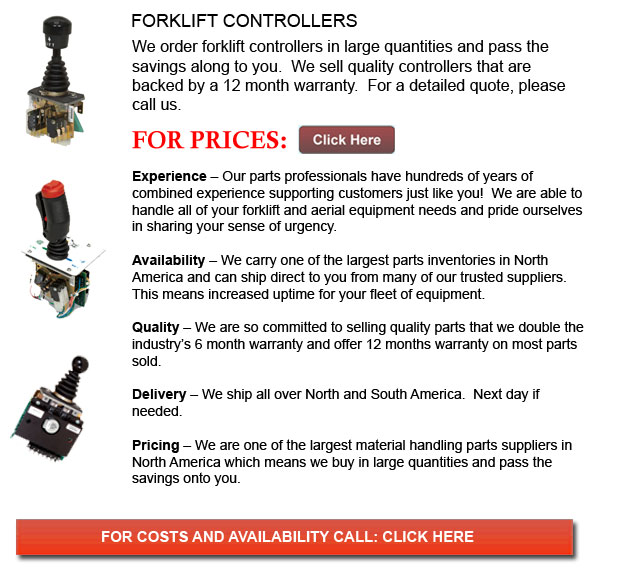
Forklift Controllers - Lift trucks are accessible in a wide range of load capacities and different models. The majority of forklifts in a regular warehouse surroundings have load capacities between 1-5 tons. Larger scale units are utilized for heavier loads, like loading shipping containers, may have up to 50 tons lift capacity.
The operator could make use of a control in order to lower and raise the forks, that could also be called "tines or blades". The operator of the forklift could tilt the mast in order to compensate for a heavy loads tendency to tilt the blades downward. Tilt provides an ability to function on rough surface as well. There are annual competitions meant for experienced forklift operators to contend in timed challenges and obstacle courses at regional lift truck rodeo events.
Lift trucks are safety rated for loads at a specific limit weight as well as a specified forward center of gravity. This very important info is provided by the maker and situated on a nameplate. It is important loads do not exceed these details. It is unlawful in numerous jurisdictions to tamper with or remove the nameplate without obtaining permission from the lift truck manufacturer.
Most lift trucks have rear-wheel steering to be able to increase maneuverability inside tight cornering conditions and confined spaces. This particular type of steering differs from a drivers' initial experience together with different vehicles. Since there is no caster action while steering, it is no essential to use steering force to be able to maintain a continuous rate of turn.
Another unique characteristic common with lift truck utilization is unsteadiness. A continuous change in center of gravity occurs between the load and the forklift and they need to be considered a unit during use. A forklift with a raised load has gravitational and centrifugal forces that may converge to bring about a disastrous tipping accident. To be able to avoid this from happening, a forklift must never negotiate a turn at speed with its load elevated.
Forklifts are carefully made with a certain load limit intended for the blades with the limit decreasing with undercutting of the load. This means that the freight does not butt against the fork "L" and will decrease with the rise of the fork. Normally, a loading plate to consult for loading reference is positioned on the forklift. It is unsafe to utilize a lift truck as a worker hoist without first fitting it with specific safety equipment like for instance a "cage" or "cherry picker."
Lift truck use in warehouse and distribution centers
Essential for whatever warehouse or distribution center, the forklift needs to have a safe setting in which to accommodate their efficient and safe movement. With Drive-In/Drive-Thru Racking, a lift truck should go inside a storage bay which is several pallet positions deep to put down or get a pallet. Operators are usually guided into the bay through rails on the floor and the pallet is located on cantilevered arms or rails. These tight manoeuvres need trained operators to be able to do the job efficiently and safely. Since every pallet needs the truck to go in the storage structure, damage done here is more frequent than with other types of storage. If designing a drive-in system, considering the dimensions of the tine truck, along with overall width and mast width, must be well thought out so as to guarantee all aspects of an effective and safe storage facility.
![]() Click to Download the pdf
Click to Download the pdf
Forklift Parts
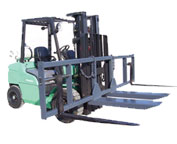
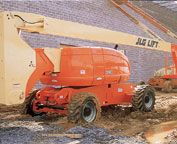
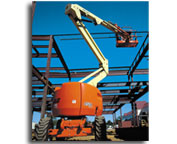
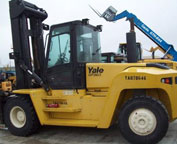
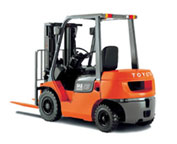
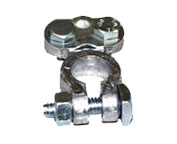
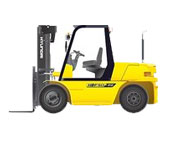
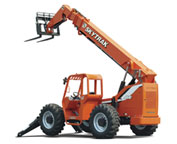
Lift Parts Express
TOLL FREE: 1-888-695-7994
LOCAL: 310-598-2341
6475 E. Pacific Coast Hwy
Long Beach, California
forkliftpartslongbeach.com
Email Us
About Us


